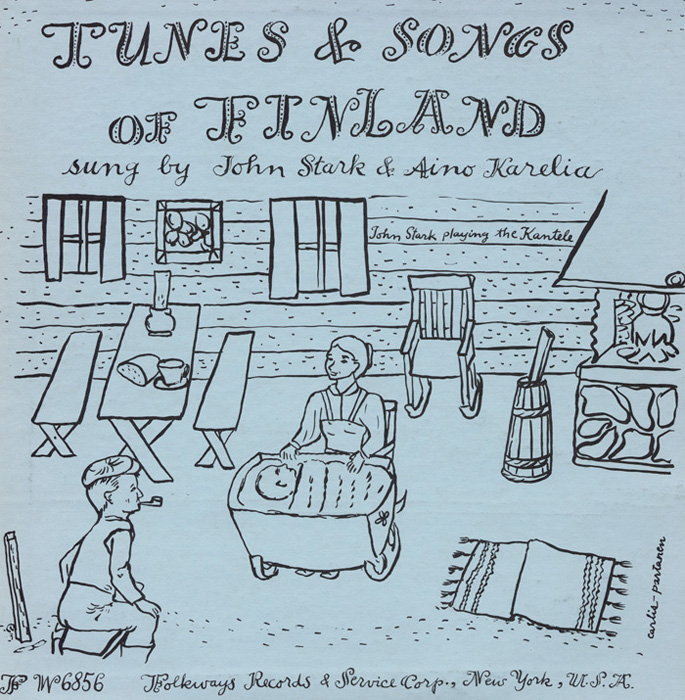Strings of the North
Norway, and Finland
Scotland has its bagpipes, India its sitar, and Russia the balalaika. The banjo, some say, defines the USA's soul. Musical instruments often become symbols of national, cultural, and ethnic identity. Even each of the seemingly similar Nordic countries of Sweden, Norway, and Finland has a particular stringed instrument that is unequivocally tied to its national identity. The Swedish nyckelharpa, the Norwegian Hardanger fiddle, and the Finnish kantele are focal points of the pride the inhabitants of these countries have in their national musical heritage.
Swedish Nyckelharpa
The nyckelharpa or "key fiddle," considered by many the quintessential Swedish instrument, has strings similar to a violin's which produce tones by the drawing action of a bow. Unlike the violin, however, which necessitates pressing the fingerboard to change the pitch, tones on the nyckelharpa are changed by depressing keys built into the instrument's neck. Evidence suggests the first nyckelharpas may have arrived from Germany as early as the 14th century, and that these were quickly absorbed into the world of the spelmen, or fiddlers, who play a central role in the social life of traditional Swedish communities. Along with their legendary history as descendents of mythological heroes and students of natural spirits, the spelmen are indispensable to rural Swedish community events, especially weddings, to the extent that every village as well as every fiddler has their own unique wedding march. As with the great majority of the songs of the spelmen, those below, performed on nyckelharpa, are named after the musicians or places with which they are associated.
Norwegian Hardanger Fiddle
The Norwegian Hardanger fiddle, or hardingfele, is thought to have originated in the Hardanger region, among the fjords of the country's west. The instrument dates back at least to the mid-17th century, when country folk began fashioning variations on the violin, slightly altering the traditional structure of the instrument and adding intricate ornamental carvings and inlays. Like a traditional European violin, the Hardanger fiddle has four strings whose tone is changed by the movement of the musician's fingers; however, it is distinguished by the presence of four or five sympathetic strings running beneath the fingerboard which, though not struck by the bow, create resonant overtones in "sympathy" with the others. Norwegian folklore connects the Hardanger fiddle with mystical and occasionally evil powers, which have made the instrument at times the target of religious repression. Despite short periods of decline, today the Hardanger fiddle enjoys widespread use in both Norway and Norwegian populations throughout the world.
Finnish Kantele
The kantele ("Finnish harp" or "cantele") is a stringed instrument in the zither family consisting of taut strings attached to a sounding board and played horizontally by plucking, often with multiple fingers at a time. Closely related to instruments found to the east and south of Finland, in Russia and the Baltic states of Estonia, Latvia, and Lithuania, the kantele represents Finnic peoples' cultural ties to these neighboring areas. Though the earliest forms of the instrument had only five to six strings, the kantele has evolved over time to modern incarnations which contain thirty or more. A prominent feature in Finland's national epic, the Kalevala, in which the instrument is invented by the hero Väinämöinen, today the kantele is studied in Finnish schools and music academies, and has even been electrified and used by popular heavy metal artists.








